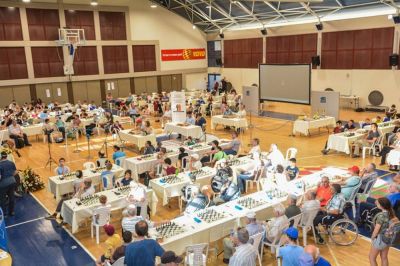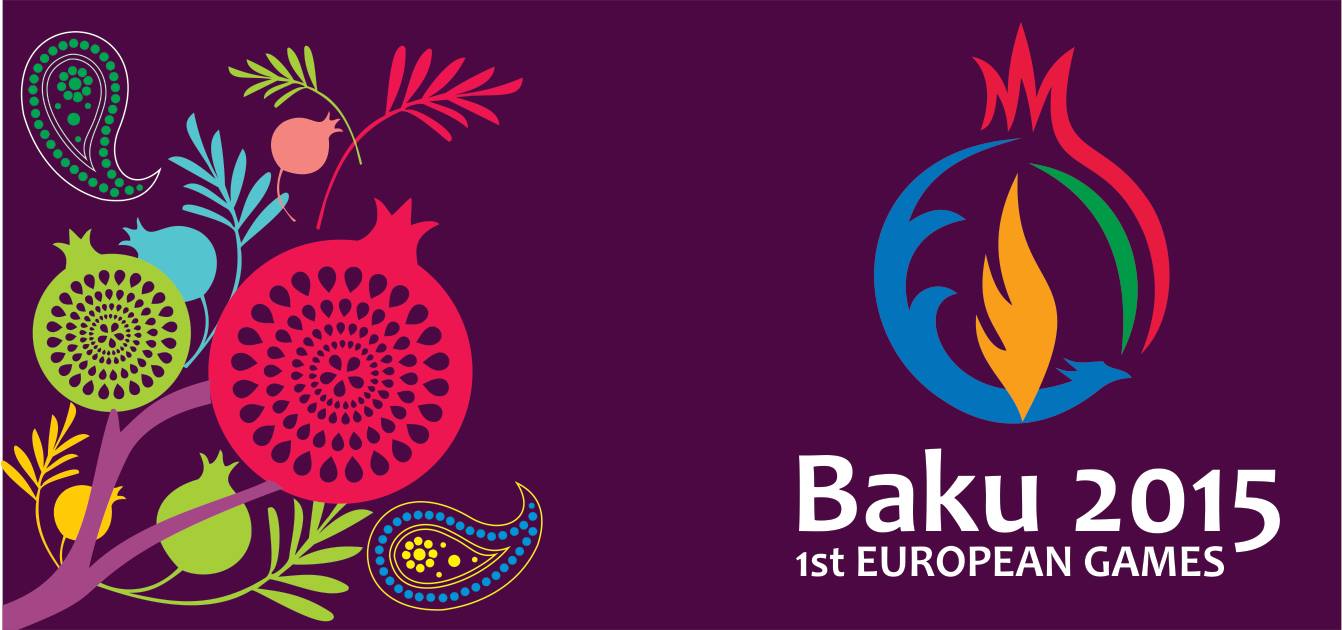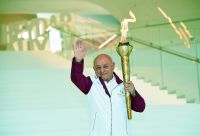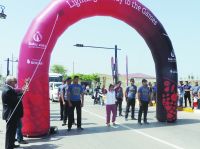The ribs are connected to the breastbone by tough, protective tissue called cartilage. When this cartilage becomes inflamed, the condition is known as costochondritis or chest wall pain.
While this condition is usually temporary, it can be alarming, as the pain can become so significant it mimics a heart attack.
Doctors may also refer to costochondritis as costosternal syndrome or costosternal chondrodynia. The condition will usually resolve on its own with home treatments.
Fast facts on costochondritis
In many cases, doctors do not know what causes costochondritis.
-
Pain in the chest and breastbone area is the chief symptom of costochondritis.
-
The pain may be so severe that the person feels they are having a heart attack.
-
Treatment includes anti-inflammatory medications.
What causes costochondritis?
Though causes are often unknown, in some instances, the condition can be the result of one or more of the following:
-
history of an illness that causes a lot of coughing
-
heavy lifting or strenuous exercise, involving the upper extremities and chest wall
-
carrying heavy bags, such as a heavy backpack on one side or the other
-
having large breasts
-
history of chest injuries or chest infections
-
undergoing surgery that affects the chest wall, such as cardiac bypass
Symptoms of costochondritis
Chest discomfort and pain may be stabbing, burning, or aching in nature. The ribs most affected are the second to fifth ones.
The condition most commonly affects those older than age 40, according to an article in the journal American Family Physician. An estimated 13-36 percent of those who seek emergency medical attention for chest pain are experiencing costochondritis.
The following activities usually worsened the pain associated with costochondritis:
-
significant amount of coughing
-
strenuous exercise
-
physical activity using the upper arms, such as lifting boxes
The pain associated with costochondritis usually occurs on the left side of the body but can affect both sides.
Tietze syndrome
There is a variation of costochondritis called Tietze syndrome. This condition causes pain associated with costochondritis, as well as swelling of the rib cartilage.
The swelling of Tietze syndrome affects at least one of the upper four ribs, usually the second or third ribs. While the pain associated with costochondritis may subside with time, some people with Tietze syndrome will still experience the swelling.
Although doctors have not defined how prevalent this condition is, they do consider it to be a rare disorder. Other than pain and discomfort, it does not cause any long-term harmful effects.
How do doctors diagnose costochondritis?
Doctors often diagnose costochondritis by ruling out other potential causes of the chest pain and discomfort connected with the condition. For example, if a person is older than 35, a doctor may first want to rule out coronary artery disease (CAD), as a potential cause.
Individuals who are at risk of CAD, such as those with a family history, those who are obese, or those with a history of smoking, should usually have an electrocardiogram (ECG or EKG) and chest X-ray to check for CAD.
Other medical conditions that may closely resemble costochondritis include:
-
arthritis of the shoulder or nearby joints
-
chest wall infections or cancer
-
fibromyalgia, a condition that causes nerve pain
-
slipping rib syndrome, when there is too much mobility in the cartilage supporting the ribs
-
injuries to the shoulder or neck that causes pain to refer or travel to the chest wall
A physical examination to detect tenderness of the cartilage to the touch may also be performed. If a person is having a heart attack or has another type of heart condition, the cartilage in the chest is not usually sensitive to the touch.
A doctor will also listen to the heart and lungs, as well as examine the skin for any signs of infection. An X-ray or other imaging studies will not show signs of costochondritis.
Doctors can usually diagnose a child, adolescent, or young adult by asking questions about their medical history and by conducting a physical exam. The doctor will often check for tenderness in the chest cartilage, as part of this.
© İstifadə edilərkən "Xalq qəzeti"nə istinad olunmalıdır.




















